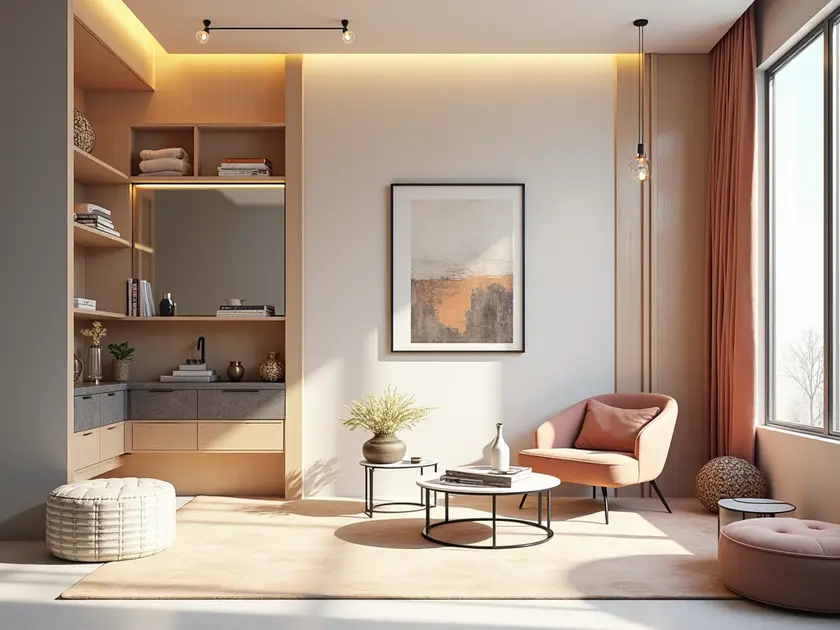Design Trends to Watch in 2024
As we look ahead to the year 2024, the world of design is set to undergo exciting transformations and advancements. From Innovative Digital Interfaces to Eco-Friendly Design Solutions and Immersive Augmented Reality Experiences, the upcoming year promises to be a dynamic and cutting-edge period for the design industry. Stay ahead of the curve as we explore the key trends that will shape the design landscape in 2024.
Innovative Digital Interfaces
When it comes to digital interfaces, innovation is key. Creating user-friendly and visually appealing interfaces is essential for engaging users and providing a seamless experience. From intuitive navigation menus to interactive elements, innovative digital interfaces aim to enhance user interaction and overall satisfaction.
One of the hallmarks of innovative digital interfaces is their adaptability across various devices and screen sizes. Responsive design ensures that the interface looks and functions seamlessly on desktops, tablets, and smartphones, providing a consistent user experience regardless of the device being used.
Furthermore, incorporating cutting-edge technologies such as artificial intelligence and machine learning can take digital interfaces to the next level. These technologies enable interfaces to personalize content, predict user behavior, and streamline processes, ultimately enhancing user engagement and satisfaction.
- Intuitive navigation menus
- Interactive elements
- Responsive design
- Artificial intelligence
- Machine learning
Overall, innovative digital interfaces play a crucial role in shaping the digital landscape and driving user engagement. By staying at the forefront of technology and design trends, businesses can create interfaces that not only meet user expectations but exceed them, setting themselves apart in a competitive market.
Eco-Friendly Design Solutions
When it comes to eco-friendly design solutions, it’s essential to prioritize sustainability and environmental consciousness. By incorporating green practices into design processes, businesses can reduce their carbon footprint and contribute to a more sustainable future.
Benefits of Eco-Friendly Design
- Reduces environmental impact
- Conserves natural resources
- Promotes a healthier planet
Key Principles of Eco-Friendly Design
- Use of renewable materials
- Energy efficiency
- Waste reduction and recycling
Examples of Eco-Friendly Design Solutions
- Solar panels for energy generation
- Biodegradable packaging materials
- Green building practices
Immersive Augmented Reality Experiences
Augmented Reality (AR) technology enhances the real world by overlaying digital information and virtual objects onto the physical environment.
AR experiences provide users with interactive and engaging content that blurs the line between the digital and physical worlds.
Key Features of Immersive AR Experiences:
- Real-time Interaction: Users can interact with AR elements in real-time, creating a dynamic and engaging experience.
- Enhanced Visualization: AR technology allows users to visualize complex data and information in a more intuitive and immersive way.
- Personalized Experiences: AR applications can be tailored to individual preferences, providing personalized and customized content.
- Multi-sensory Engagement: AR experiences engage multiple senses, creating a more immersive and memorable experience for users.
Immersive AR experiences have applications across various industries, including education, gaming, healthcare, marketing, and more.
As AR technology continues to evolve, the possibilities for immersive experiences are limitless, offering new and innovative ways to interact with the world around us.






